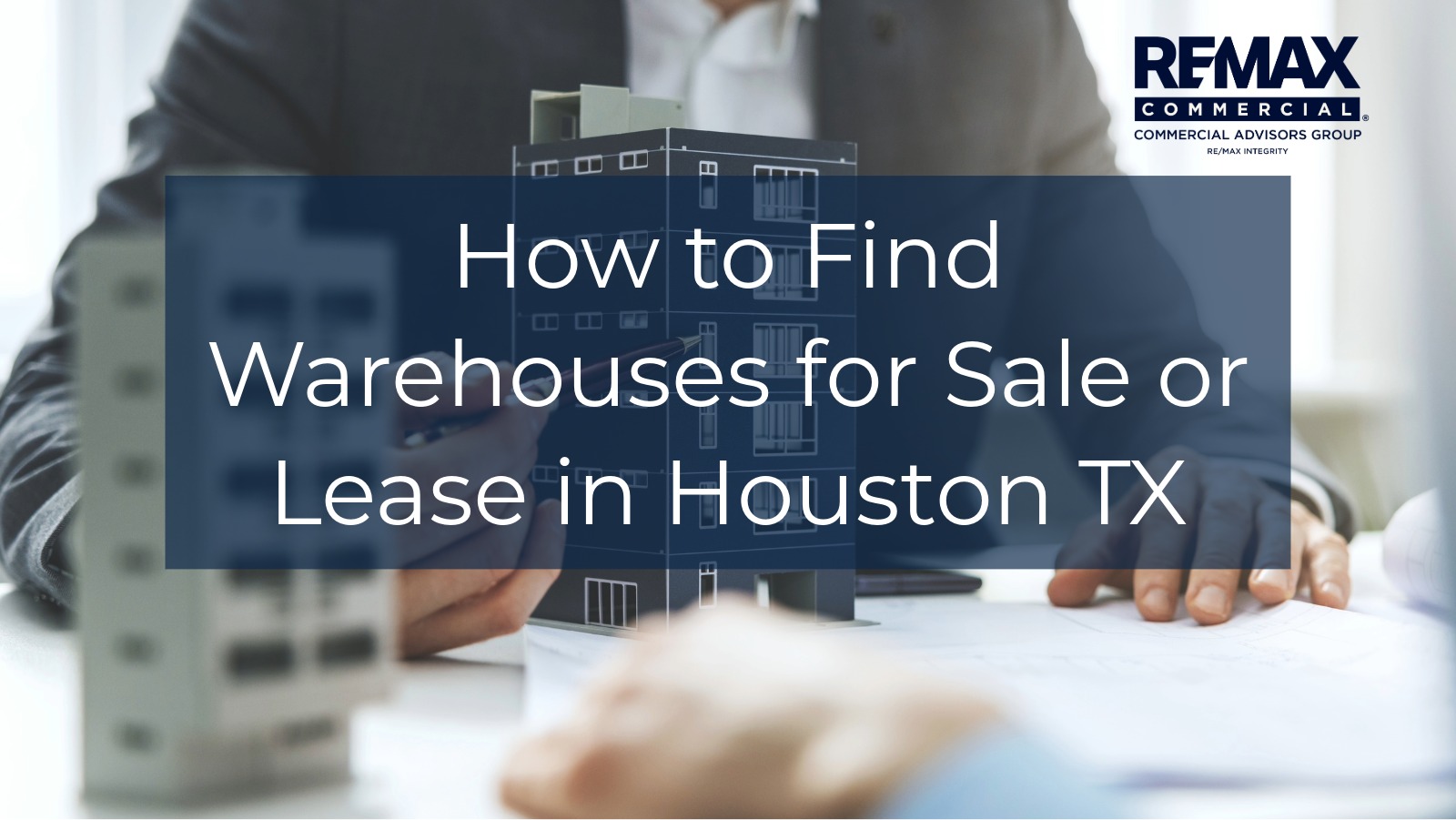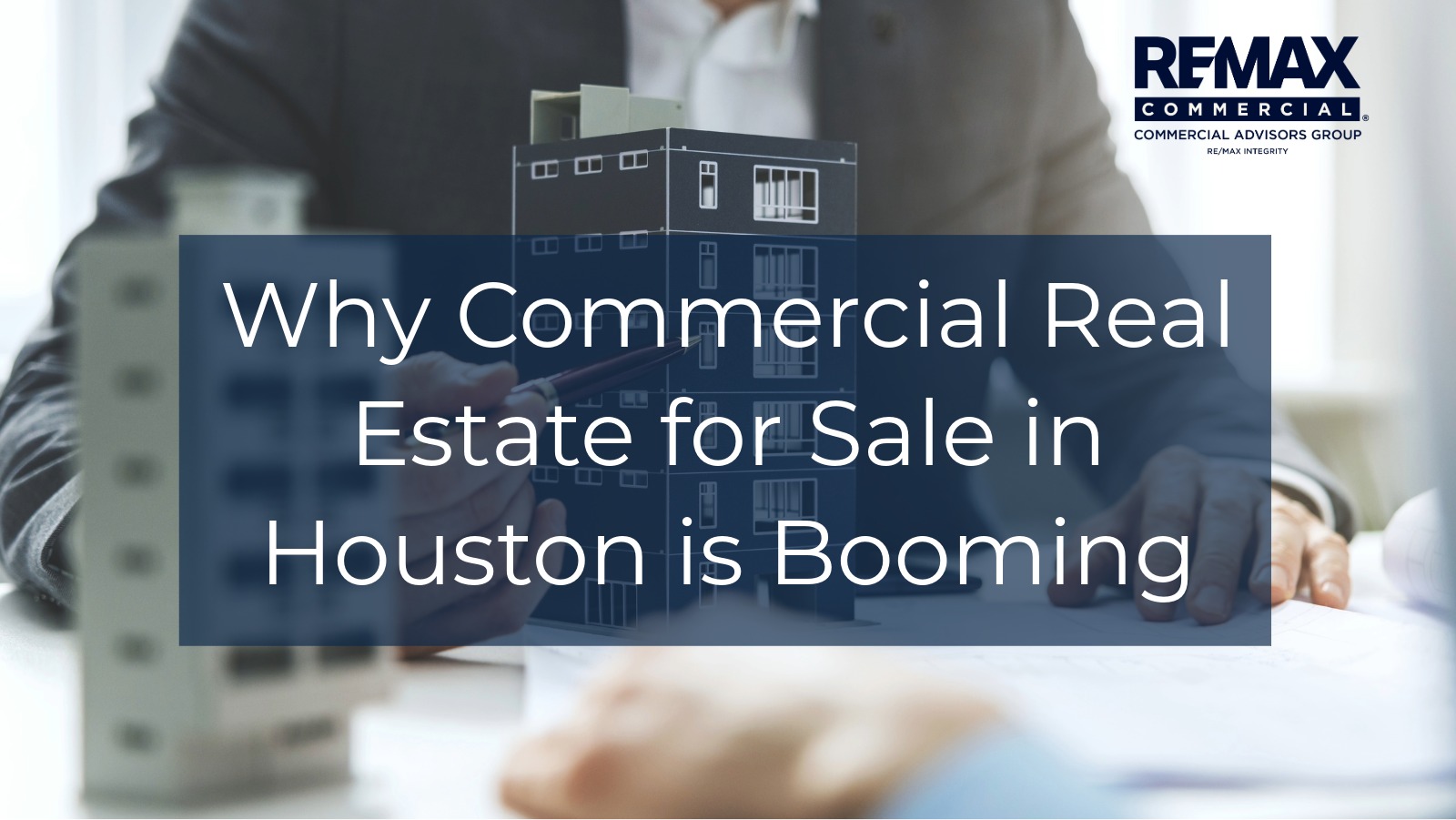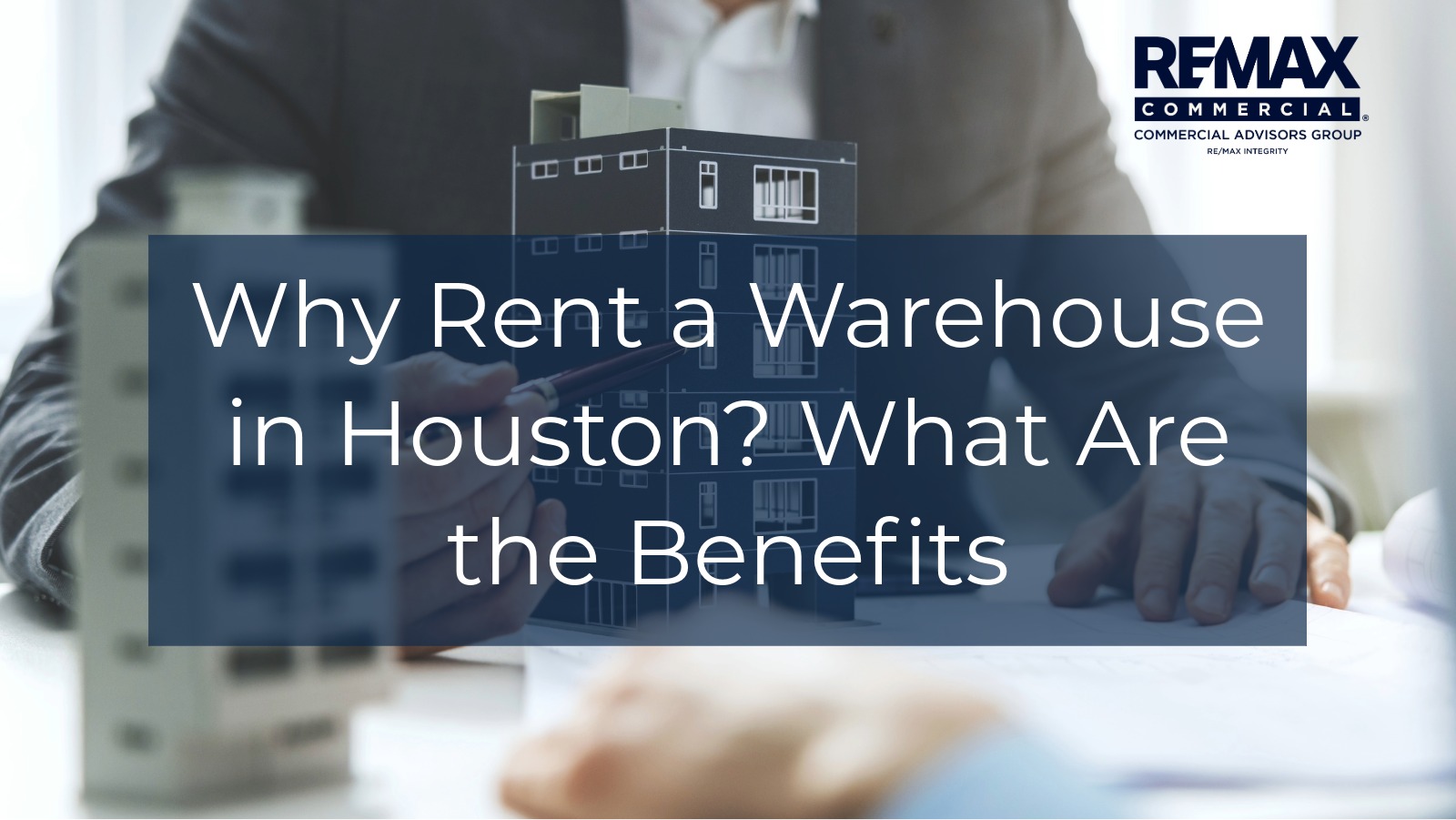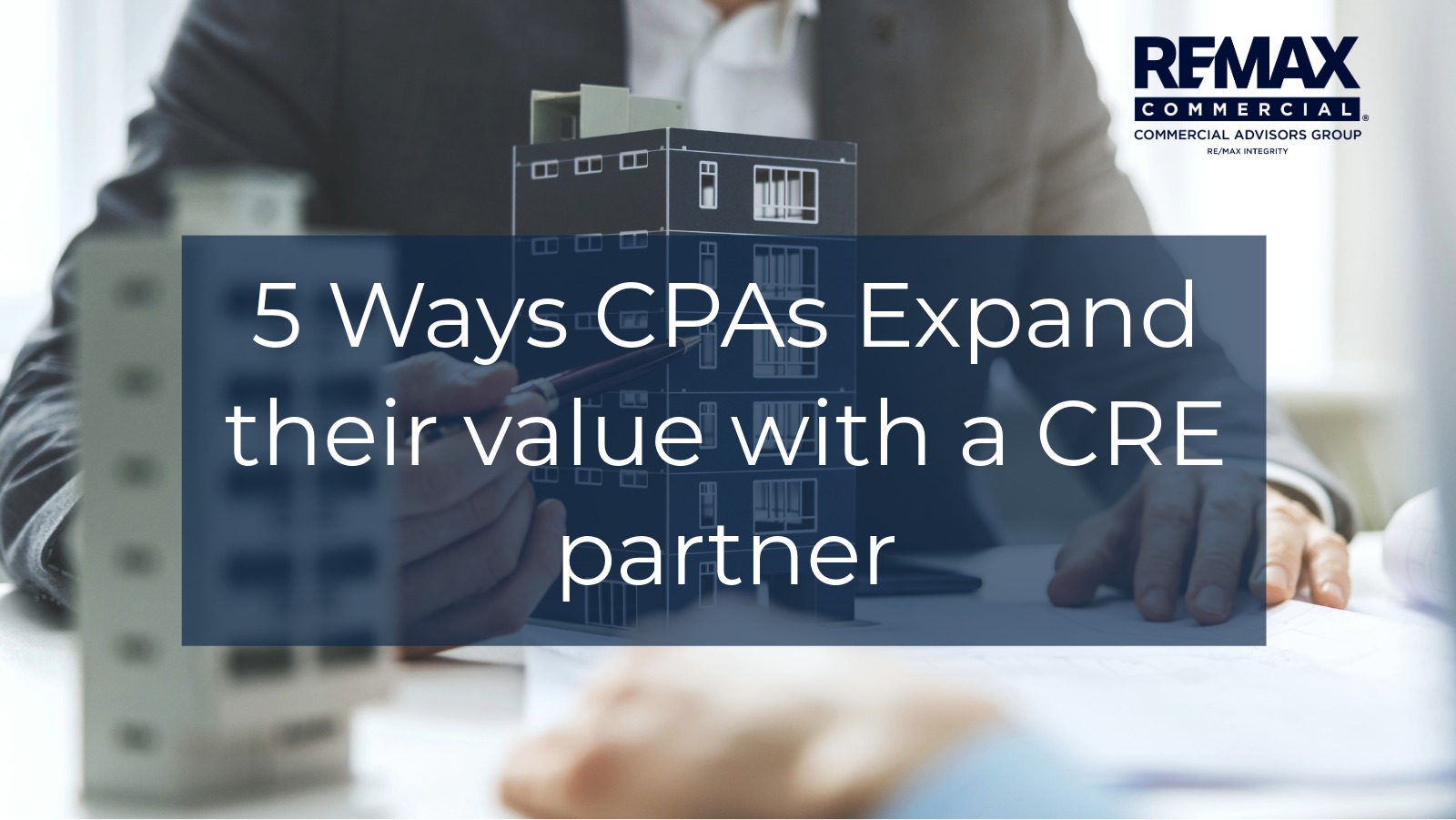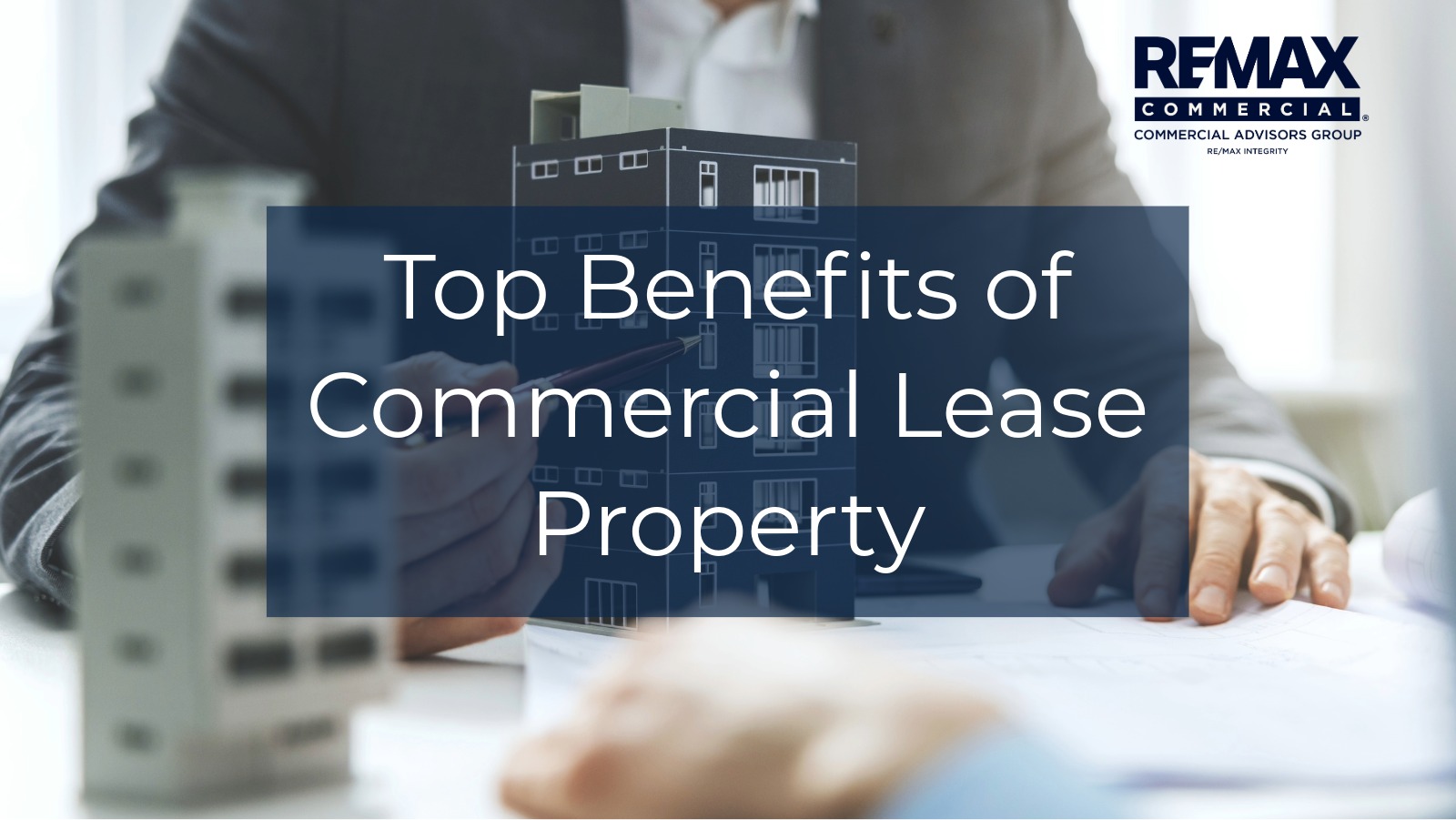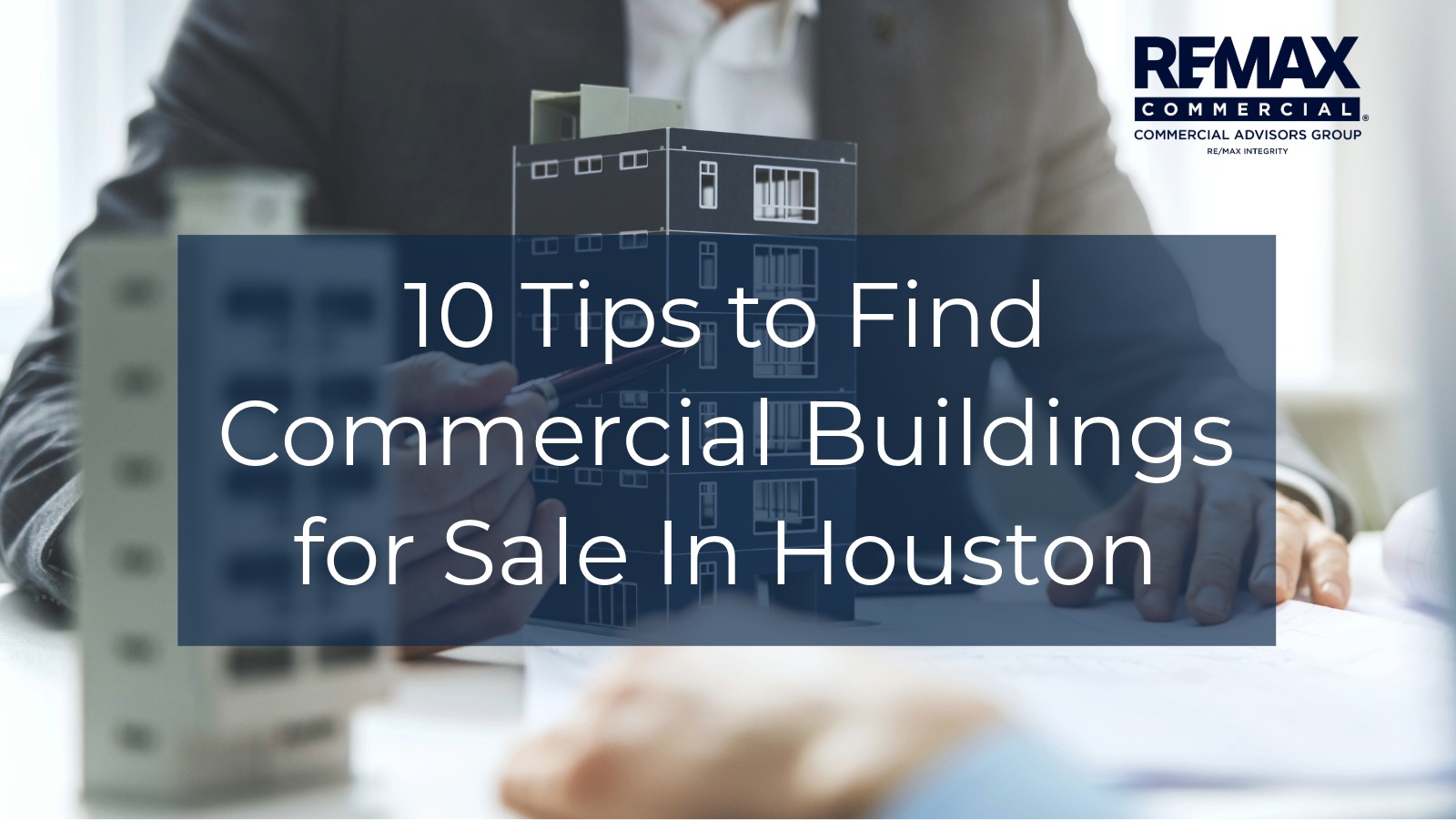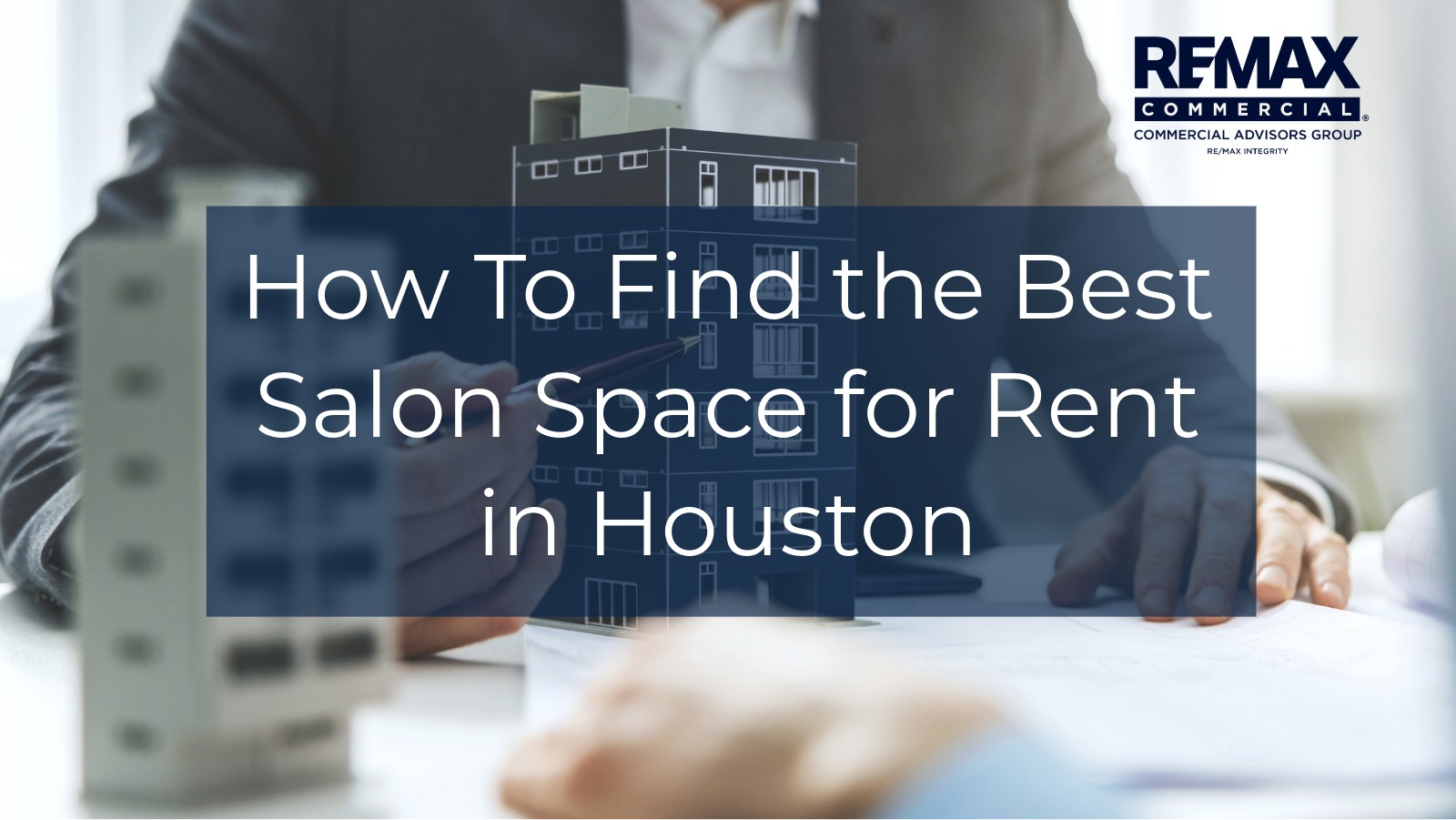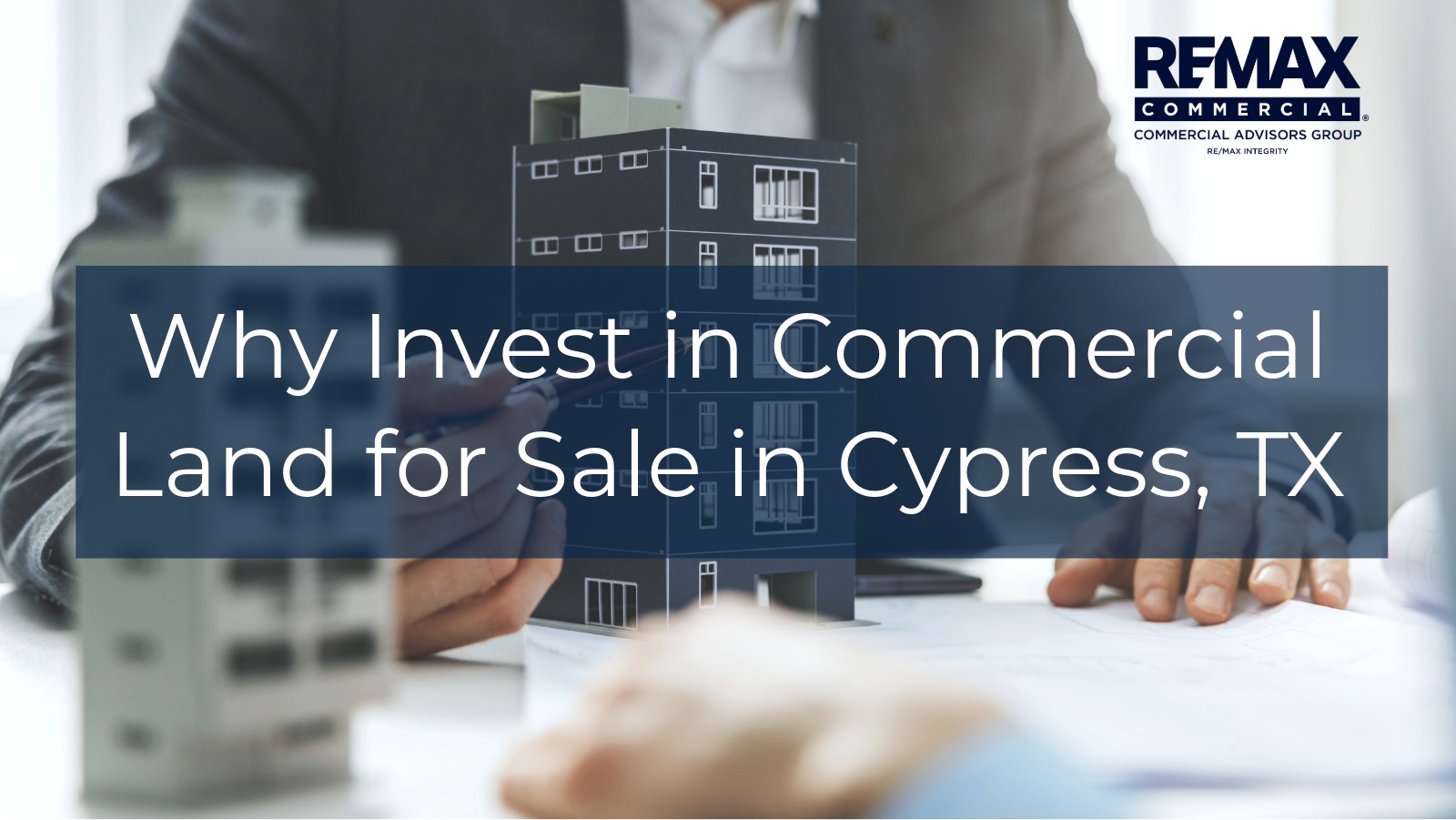The current lending environment has made it difficult for commercial property owners to access capital from traditional lenders. Over the past 90 days, 48% of lenders have tightened their lending guidelines, making it increasingly difficult for property owners to refinance and obtain working capital.
As the global economy continues to fluctuate, commercial property owners are increasingly looking for ways to unlock equity in their properties without selling them.
If you purchased a property 4, 5, or 6 years ago, you might feel the pressure of your loan note coming due. With interest rates now at 6.27%-8.5%—up from 2.85%—you may wonder if a sale-leaseback may be the right answer for you and if it’s the time to do it.
Let’s review how sale-leaseback deals work and why they are becoming increasingly popular for commercial property owners:
What is a Sale-Leaseback Deal?
In a sale-leaseback deal, the seller transfers ownership of their commercial property to an investor, who then leases the property back to the original owner. This allows the original owner to retain control over the property while unlocking its equity. In addition, they can avoid any loan payments or interest rates that would otherwise be required through financing.
Benefits of a Sale-Leaseback Deal
The benefits of entering into a sale-leaseback deal are numerous. For starters, these deals provide cash upfront to the seller, which can be used as working capital or reinvested into other business ventures. Further, since no loan is involved, there is no debt service burden on the seller’s balance sheet and no need for personal guarantees or collateral assets.
Additionally, because most sale-leasebacks are structured as long-term leases (typically 10–15 years), buyers can benefit from fixed rental rates and predictable income streams during this period of time. Lastly, sellers have the added benefit of being able to defer taxes until after they receive the proceeds from their sale—which may result in considerable tax savings over time.
Negotiating a Sale-Leaseback Deal
When negotiating a sale-leaseback deal, you must consider several essential factors. For example, both parties should agree on a fair purchase price and suitable terms for the lease agreement, such as length of time and payment amount.
It’s also crucial for both parties to ensure that all legal documents are properly executed and filed with local authorities before any funds change hands. Additionally, it’s recommended that both parties seek independent legal advice when negotiating this type of transaction to protect their interests and ensure that all applicable laws are correctly followed throughout the process.
Why Have Cap Rates Not Gone Up As Fast As Interest Rates?
Understanding the relationship between cap rates and inflation can be complex, and it’s important to remember that there is no direct correlation between the two.
Cap rates are heavily impacted by changes in the money flow – which is ultimately controlled by one entity: the government. They have the power to cause inflation through their control of currency, using interest rates as a tool to stimulate or slow down economic activity. However, it’s essential to note that such financial tools do not reflect actual economic behavior.
There is still a ton of money on the sidelines that investors are ready and willing to deploy to pursue attractive commercial real estate opportunities such as sale-leasebacks.
The golden rule: cap rates respond to the flow of money, not interest rates.
For many commercial property owners facing unfavorable lending conditions due to tight lending guidelines by banks and other financial institutions, a sale-leaseback deal may be an ideal solution for unlocking equity without taking on additional debt obligations or personal guarantees.
With continued low levels of unemployment and strong economic growth driving up demand for such investments, now may be an opportune time for those interested in taking advantage of these deals before cap rates start increasing in response to rising interest rates.
Let’s Chat.


